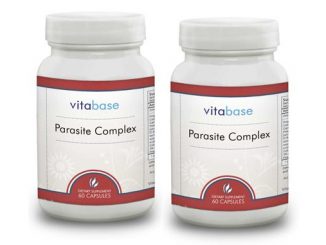The properties of Goldthread
Coptis chinensis belongs to Ranunculaceae family. Traditionally, it has been used to drain fire, detoxify and disinfect, stop bleeding, cure eczema, burns, and ulcer, and to descend yang. The main pharmacodynamic properties have long been recognized in the treatment of intestinal infections including acute gastroenteritis, cholera, and bacillary dysentery. It also used for treating various diseases including skin diseases, conjunctivitis, otitis, and hypertension. C. chinensis has been demonstrated to have anti-inflammatory effects through different mechanisms. It inhibits TNF-induced Nuclear factor-kappaB (NF-kB) signaling in human keratinocytes by blocking the NF-kB–dependent pathway. It also decreases Th17 cytokine secretion and differentiation by activation of extracellular signal-regulated protein kinases 1 and 2 (ERK1/2) and down-regulation of phosphorylated signal transducer and activator of transcription 3 (p-STAT3) and retinoic acid–related orphan receptor ϒt (RORγt) expression. It also reduces Th1 cytokine secretion and differentiation by inhibition of protein 38 (p38) mitogen activated protein kinase (MAPK) and Jun N-terminal kinase (JNK) activation along with down-regulation of STAT1 and STAT4 activities. In combination with other herbs, C. chinensis exhibited a good anti-inflammatory effect; the ethanol extract from Zuojin Pill inhibited inducible nitric oxide synthase (iNOS), cyclooxygenase 2 (COX-2), IL-6, IL-1β, and TNF-α expression by preventing the nuclear translocation of the NF-κB p50 and p65 subunits in RAW 264.7 cells. Another Chinese medicinal formula, IBS-20, containing C. chinensis decreased LPS-stimulated pro-inflammatory cytokine secretion from JAWS II dendritic cells and also blocked the interferon gamma (IFNγ)-induced drop in transepithelial electric resistance which is an index of permeability, in fully differentiated Caco-2 monolayer. C. chinensis has also significant antimicrobial activity against a variety of microorganisms including bacteria, viruses, fungi, protozoans, helminths, and Chlamydia, including Staphylococcus aureus, Pseudomonas aeruginosa, E. coli, Propionibacterium acnes, Streptococcus pneumoniae, Vibrio cholerae, Bacillus anthracis, Bacillus dysenteriae, and Sa. cerevisiae. Berberine, the major active component of C. chinensis, was found to be bactericidal on V. cholera and capable of inhibiting bacterial adherence to mucosal or epithelial surfaces(1024).



























































